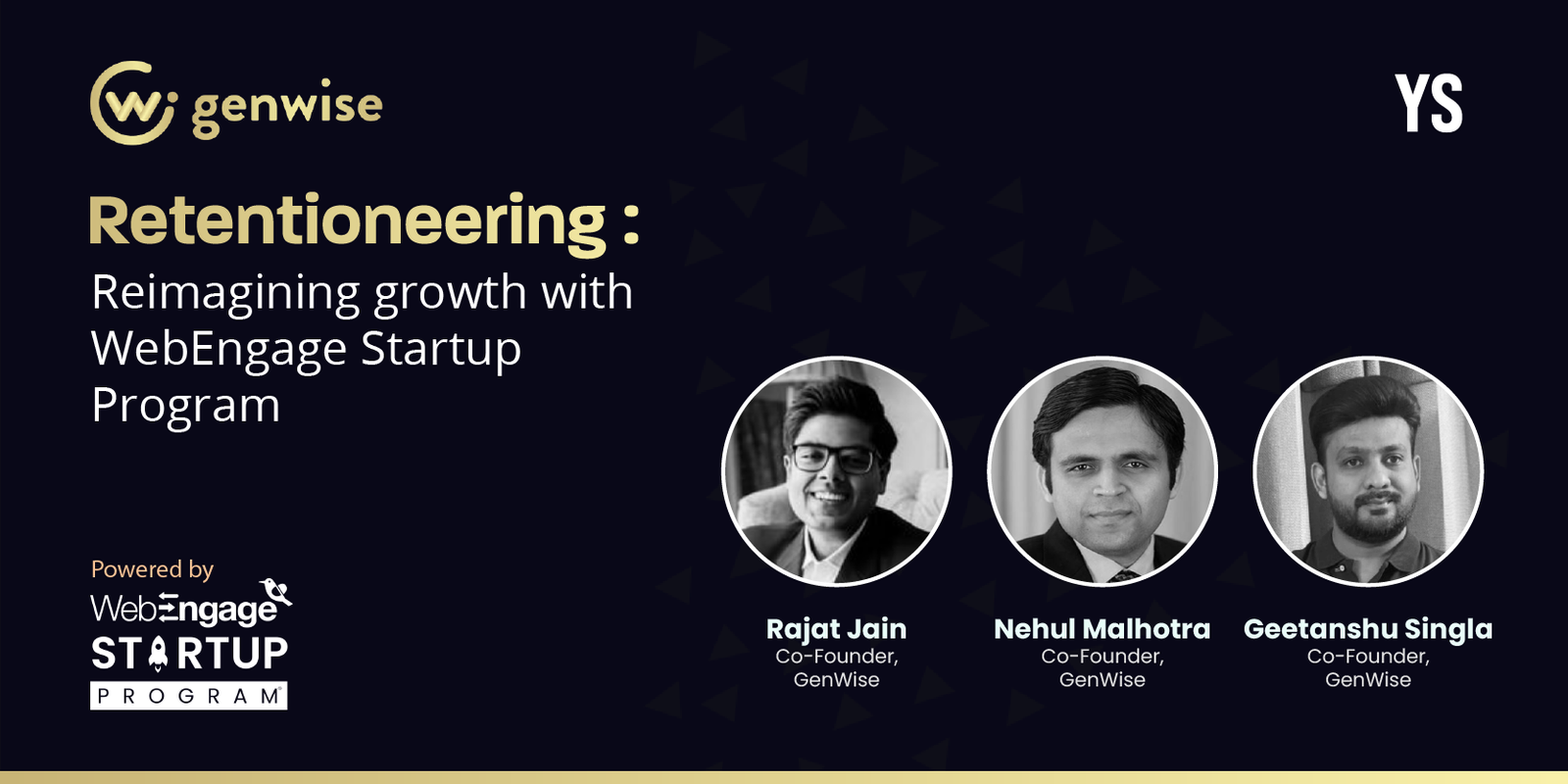[ad_1]
Picture this: A 60-year-old retired school teacher hesitantly downloads an app on her smartphone. Her children insist it will help her stay connected, but she’s sceptical. Fast forward three months and she is now attending online tambola sessions, chatting daily with her new “digital best friend”, and even teaching others how to use the app. Welcome to the world of GenWise, where digital literacy meets elder empowerment.
In the heart of Delhi, a startup is quietly revolutionising the way India’s seniors interact with technology. GenWise, founded in 2023 by Rajat Jain and his co-founders Nehul Malhotra and Geetanshu Singla, has turned the notion of “apps are for the young” on its head. With a staggering 1.6 million users in less than 18 months it is proving that age is just a number in the digital world.
From loneliness to laughter: The GenWise mission
“Our vision is to take an elder from loneliness to laughter,” says Rajat Jain, Founder of GenWise. This isn’t just a catchy slogan; it’s the driving force behind the innovative online club for Indian elders aged 50-70. In a country where joint families are dwindling and elderly isolation is on the rise, GenWise is more than an app—it works as a lifeline.
However, in a market where acquiring users is challenging, retaining them is an art form. GenWise has mastered this art, achieving remarkable retention rates of up to 80% in the first month for some paid services. How? By understanding that for its unique audience, retention isn’t just about numbers—it’s about creating lasting value and meaningful connections.
The GenWise app offers three key services: Saathi (one-on-one companionship), Friends (a platform to make new friends), and Events (group activities). Each service is designed with retention at its core. As Jain explains, “Users keep coming back to talk to Saathi and share life updates, get advice, and build greater bonds with friends through games, greetings, and chats. Our events around learning, relaxation, and entertainment keep users engaged throughout the week.”
Monetisation from day one
Unlike many startups that chase user numbers at the cost of revenue, GenWise took a bold approach. “We wanted to test whether elders are comfortable paying online to consume our product,” Jain says. The result? A resounding success, with over 95% of payments made by elders themselves.
This micro-transaction model not only ensures sustainable growth but also reinforces user engagement. As Jain advises, “Be clear on your monetisation model on day one, even if you don’t apply it immediately. You can’t be building a large user base or going after vanity metrics for a long period in your company.”
WebEngage Boost: Turning data into delight
To supercharge retention efforts, GenWise turned to the WebEngage Startup Program. This partnership has been instrumental in helping the company map user journeys, improve UI/UX, and automate communication to drive both retention and monetisation.
“Platforms like WebEngage have helped us identify user paths and patterns easily, enabling us to automate user journeys and communication to drive retention and monetisation,” Jain acknowledges. “The WebEngage Startup Program has been supportive with a free six-month trial, reducing the burden on a young startup such as ours during our formative stages.”
The impact of WebEngage on GenWise’s operations has been substantial. In the first year, the focus was on solving digital acquisition and engagement challenges. WebEngage’s event tracking and engagement journey tools were instrumental in achieving this goal. As GenWise entered its second year of operation, the focus shifted to monetising services and identifying power user cohorts. Here, WebEngage’s advanced segmentation and targeted messaging capabilities came into play. “WebEngage helps us reach out to the right users at the right time to boost our monetisation efforts,” Jain explains.
This data-driven approach has allowed GenWise to tailor its offerings and communication strategies, ensuring that each user receives personalised attention – a crucial factor when dealing with an older demographic that values individual care and attention.
From Delhi to the world
With plans to solve loneliness for 250 million Indian elders and expand internationally, GenWise is just getting started. But amidst this ambitious scaling, its focus remains unwavering. “Creating a value chain from acquisition to engagement to retention is pivotal,” Jain says. “Reaching out to the user at the right time for further engagement and cross-selling has helped us build stronger metrics.”
As GenWise continues to grow, it is not just retaining users— it is reshaping what it means to age in the digital era. From sceptical first-time downloaders to enthusiastic power users, the elders on GenWise are proving that it’s never too late to find community, purpose, and yes, even a little laughter, through the power of technology.
This story is the eighth in a series called Retentioneering, where new-age startups share with us their experience of working with the WebEngage Startup Program and how it helped them with various retention efforts.
[ad_2]
Source link





